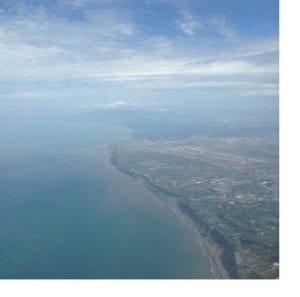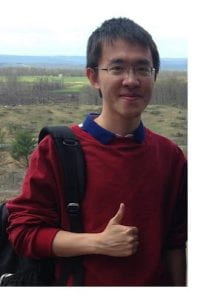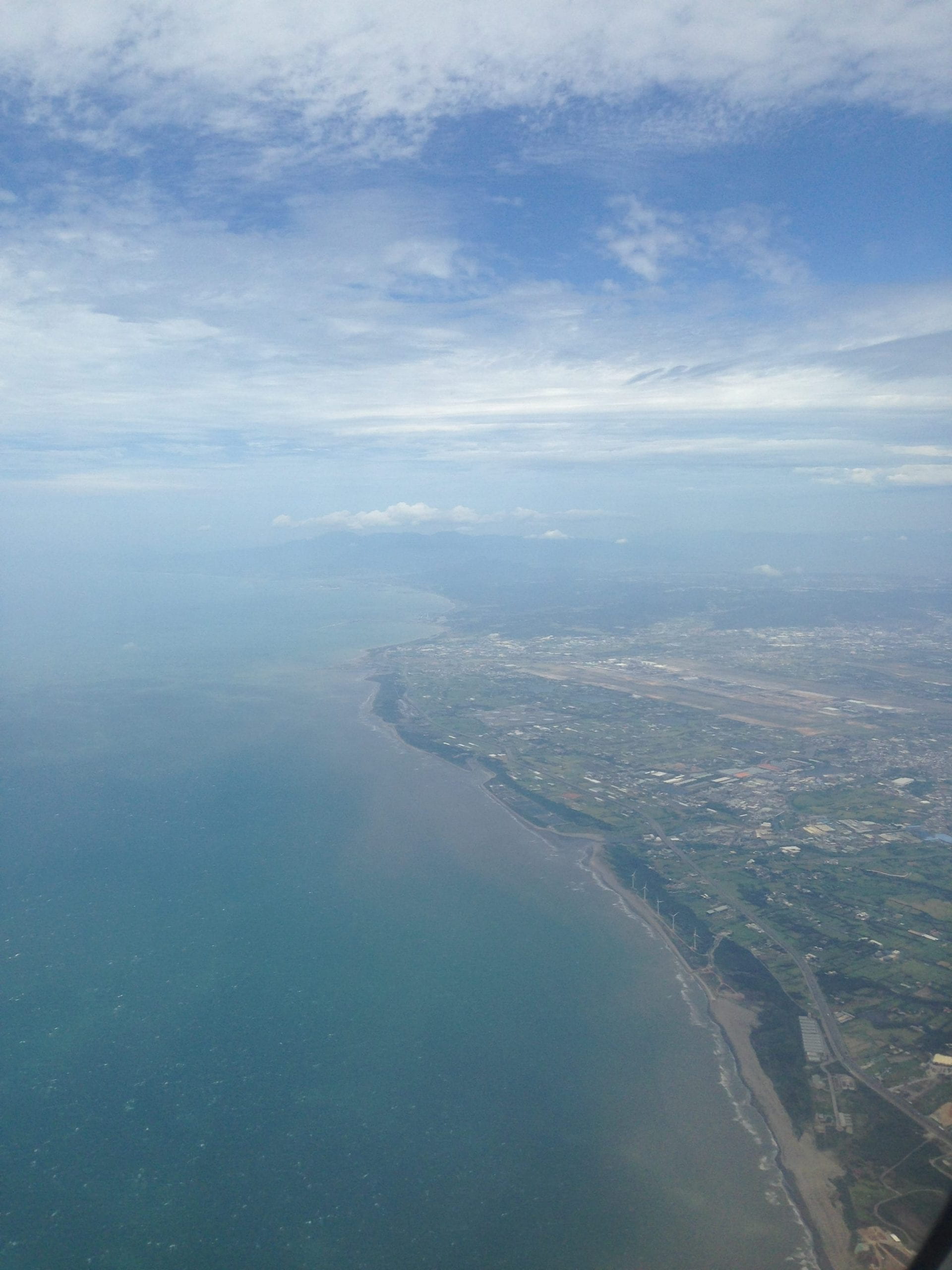Summer 2018 Field Trip Fellow – Experiencing Chinese Culture in Taiwan
 Taiwan is a must-come place for those interested in China. Upon arriving at Taiwan, I can’t help to be astonished by the closeness between Taiwan and mainland China in almost every important aspect of social life. The quiet and warm scenario of countryside reminded me of the villages of my hometown Zhejiang. The way in which people talk to children is also telling: on both sides of the strait the interactions with children is a means of education. On the train from Taoyuan Airport to Taipei city, my computer received the warm attention of a lovely boy with glasses, who obviously thought it was an advanced play station. When he tried to observe this wonderful machine more closely, however, his grandma came and told him that other people’s belongings should not be touched. Such educational experiences are very common for Chinese children in both mainland China and Taiwan, and similar patterns probably cannot be observed in other societies.
Taiwan is a must-come place for those interested in China. Upon arriving at Taiwan, I can’t help to be astonished by the closeness between Taiwan and mainland China in almost every important aspect of social life. The quiet and warm scenario of countryside reminded me of the villages of my hometown Zhejiang. The way in which people talk to children is also telling: on both sides of the strait the interactions with children is a means of education. On the train from Taoyuan Airport to Taipei city, my computer received the warm attention of a lovely boy with glasses, who obviously thought it was an advanced play station. When he tried to observe this wonderful machine more closely, however, his grandma came and told him that other people’s belongings should not be touched. Such educational experiences are very common for Chinese children in both mainland China and Taiwan, and similar patterns probably cannot be observed in other societies.
Another definitely impressing experience is my time at the National Palace Museum of Taipei. No one could deny that the Palace Museum is one of the best place to enjoy the beauty of China’s cultural heritage. From gorgeous jade and porcelain artwork, to the immensely fluent and dynamic calligraphy, and to the traditional Chinese paintings which are relatively static but of infinite transforming potential, I was deeply caught up by charm and appeal of the collections. Apart from its high aesthetic value, the exhibition is also an excellent source to sense the social, intellectual, and ideological world of traditional China.
On the other hand, Taiwan’s experiences of modern Chinese history were also very different from mainland China. Between 1895 and 1945, it was under the political control of the Japanese empire. After 1945, the KMT replaced Japan as the ruler of Taiwan. After 2000, the DPP and the KMT took power in turn. Such experiences determine that there are some perspectives and expertise in Taiwan that are not present in mainland China. For example, Taiwan’s scholarship on the KMT and the Nationalist army is generally of higher standards than that of mainland China. Moreover, the island’s cultural and social landscape is also deeply shaped by its history of immigrants and local inhabitants. The announcements on the Taipei city metro are made in four languages/dialects: Mandarin, English, Southern Fujian dialect and Hakka dialect.
 Zhongtian Han, Ph.D. in History 2021
Zhongtian Han, Ph.D. in History 2021
Sigur Center 2018 Summer Field Trip Fellow
Taipei, Taiwan
Zhongtian Han is a history Ph.D. student interested in modern East Asia and strategic studies. His research focuses on the strategic history of modern China and Japan.


